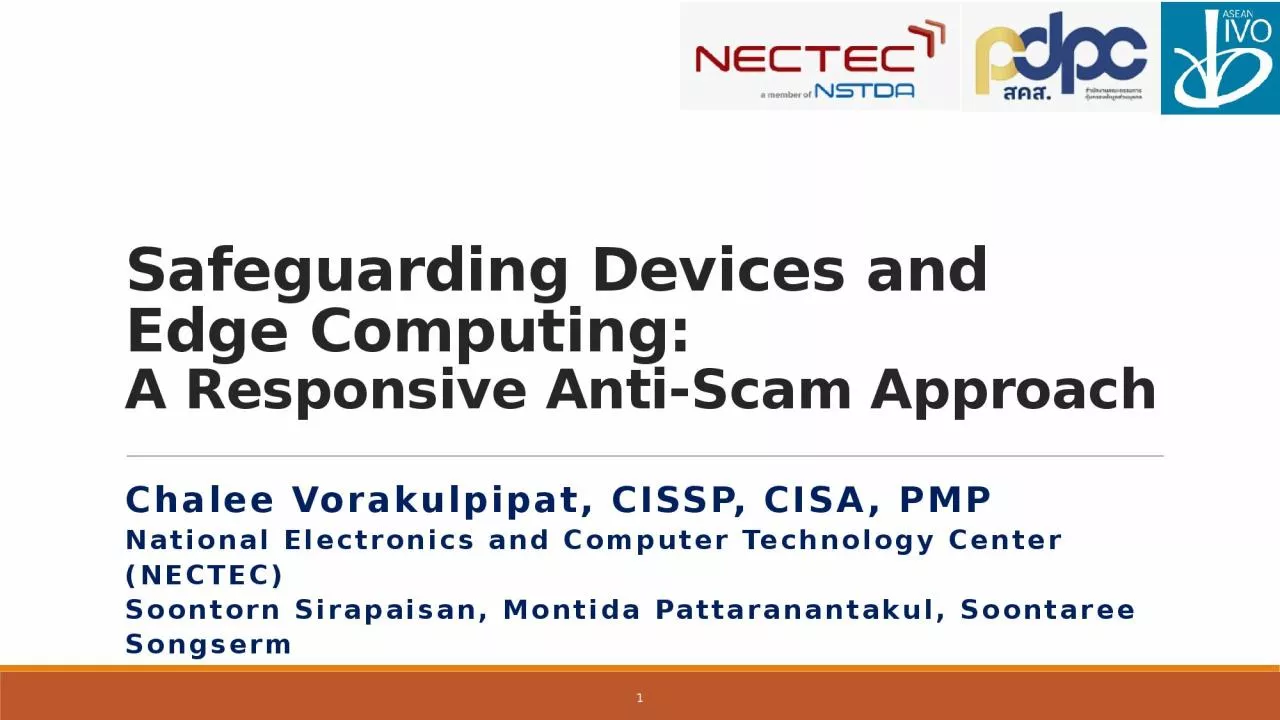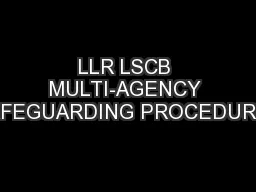PPT-Safeguarding Devices and Edge Computing:
Author : piper | Published Date : 2024-03-13
A Responsive AntiScam Approach Chalee Vorakulpipat CISSP CISA PMP National Electronics and Computer Technology Center NECTEC Soontorn Sirapaisan Montida Pattaranantakul
Presentation Embed Code
Download Presentation
Download Presentation The PPT/PDF document "Safeguarding Devices and Edge Computing:" is the property of its rightful owner. Permission is granted to download and print the materials on this website for personal, non-commercial use only, and to display it on your personal computer provided you do not modify the materials and that you retain all copyright notices contained in the materials. By downloading content from our website, you accept the terms of this agreement.
Safeguarding Devices and Edge Computing:: Transcript
Download Rules Of Document
"Safeguarding Devices and Edge Computing:"The content belongs to its owner. You may download and print it for personal use, without modification, and keep all copyright notices. By downloading, you agree to these terms.
Related Documents














